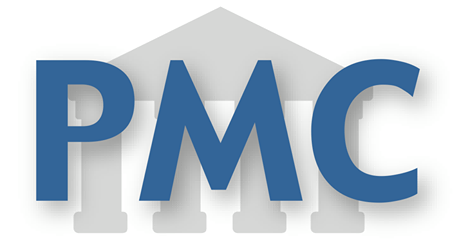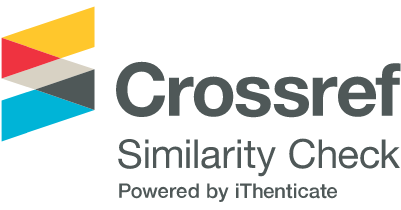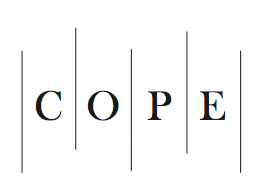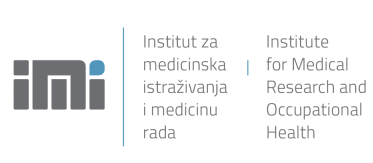Workplace risk assessment criteria for pregnant workers exposed to physical exertion and biological and chemical hazards
DOI:
https://doi.org/10.2478/aiht-2025-76-3996Keywords:
biological agents, CLP Regulation, expert opinion, foetal health, Key Indicator Method, maternal health, physical workload, reprotoxic substancesAbstract
Workplace risk assessment criteria for pregnant workers in the EU remain inconsistent and poorly harmonised, with notable gaps in practical guidelines for occupational health physicians (OHPs). This regulatory ambiguity could lead to either insufficient protection or unnecessary exclusion of pregnant workers from the workplace, with significant implications for maternal and foetal health, as well as healthcare and social security systems. The aim of this study was to propose common, harmonised criteria for workplace risk assessment in healthy pregnant workers exposed to physical exertion and biological and chemical hazards. The criteria were developed through structured expert consultation involving occupational and sports medicine specialists from the Croatian Society of Occupational Health. To that end, we compiled and presented relevant legal and scientific literature, which served as the basis for discussion. Expert opinion was obtained via an anonymous online questionnaire administered during a structured expert workshop. The proposed criteria are based on the CLP Regulation (EC No. 1272/2008) classification of reprotoxic substances, identification of key biological hazards (e.g., cytomegalovirus, parvovirus B19, rubella virus, varicella-zoster virus, and Toxoplasma gondii), and assessment of physical workload using the Key Indicator Methods (KIM) developed by the German Federal Institute for Occupational Safety and Health (BAuA). By integrating legal context, medical evidence, and expert judgment, the proposed criteria aim to support consistent, timely, and evidence-based risk assessment and to facilitate national and EU guideline development for the protection of pregnant workers.
Downloads
Published
Issue
Section
License
Copyright (c) 2025 Tea Samardžić, Roko Žaja, Željka Babić, Jelena Macan

This work is licensed under a Creative Commons Attribution 4.0 International License.














